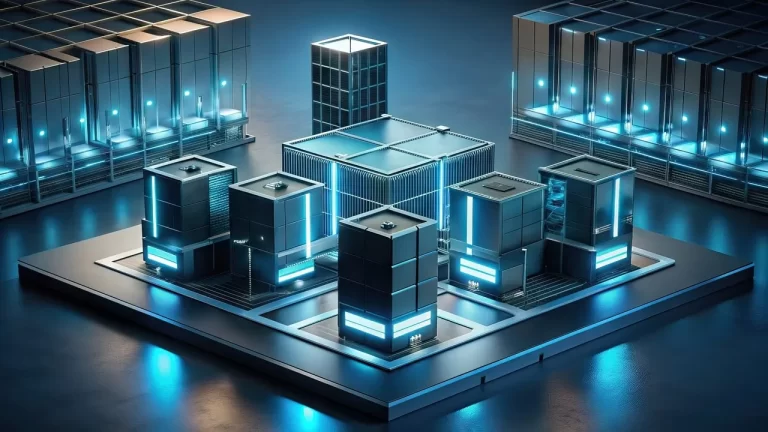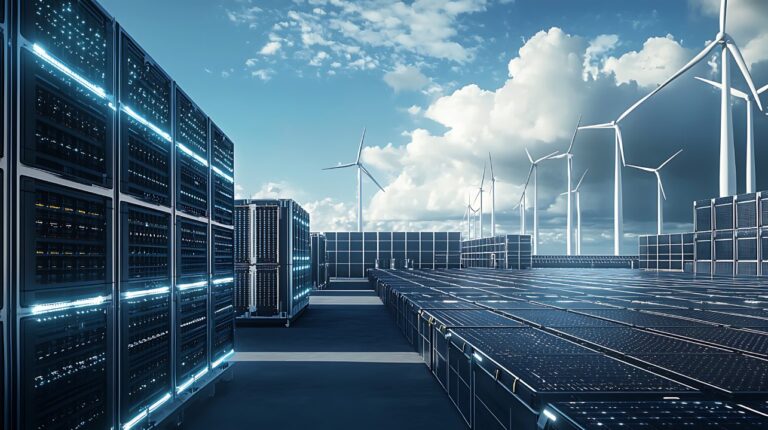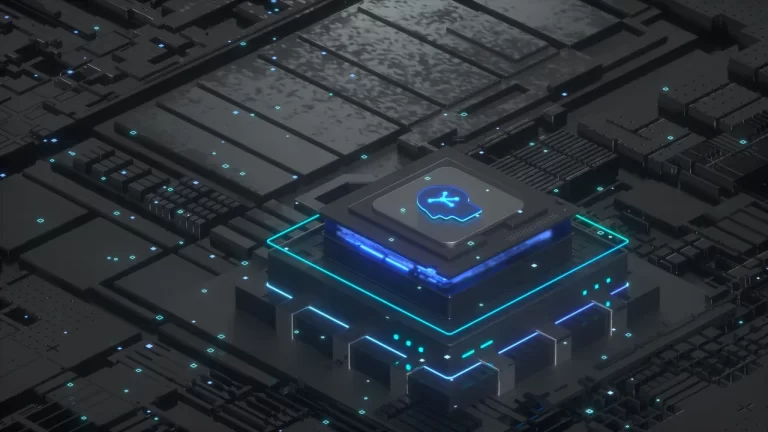India’s march toward becoming a USD 30 trillion economy by 2047 under the Viksit Bharat vision hinges on several foundational pillars, including robust infrastructure, energy transition, financial inclusion, and digital transformation. At the core of this digital infrastructure lies the data centre sector, critical to everyday life yet often invisible to the common citizen. As we unlock the full potential of emerging technologies like AI, IoT, and 5G, and expand digital public infrastructure, data centres will play a transformative role in accelerating India’s development.
The data centre landscape in India is undergoing rapid evolution. According to the latest JLL report, India’s colocation data centre capacity crossed 1 GW in 2024 and is projected to reach 1.8 GW by 2027, growing at a CAGR of 23 per cent. This positions India as one of the fastest-growing data centre markets in the Asia-Pacific region. Demand is driven by hyperscale cloud players, financial services, government digitisation initiatives, OTT content, and an increasingly data-consuming population. Nearly 200 MW of capacity was added in 2024 alone, marking the industry’s strongest growth year to date.
Yet, this is only scratching the surface of India’s potential. The global landscape offers important lessons. According to the DC Byte Global Data Centre Index 2025, while global supply has grown substantially, demand has consistently outpaced it. Space sold before construction begins has grown 33 times since 2019. This underscores a structural supply-demand mismatch, which has already led to rising colocation rents in developed markets. India must avoid similar bottlenecks as it scales. Key inputs such as land, power, water, and fibre connectivity must be proactively secured. States like Maharashtra, Tamil Nadu, Uttar Pradesh, and Telangana are emerging as preferred destinations due to proactive policies, availability of land, and reliable power grids. However, power remains the most critical constraint globally, and India must learn from markets like the US, where large data centre hubs have faced energy supply bottlenecks due to massive AI-driven demand.
AI is reshaping data centre economics altogether. While public cloud remains the largest user of data centre capacity globally (52 per cent of demand in 2024), dedicated AI deployments have rapidly risen to 11 per cent of total demand, up from just 3 per cent a few years ago. Training large language models or processing data at scale requires high-density compute infrastructure, significantly increasing power consumption per rack. This has led to a shift toward gigawatt-scale campuses globally—something India must begin planning for to attract future AI infrastructure. Another key economic multiplier of data centres lies in their ancillary impact. For every dollar invested in a hyperscale data centre, studies estimate five to seven dollars of economic output is generated in the local economy. Jobs are created not only during construction but also across operations, maintenance, security, and network engineering. For India’s MSMEs, affordable and scalable cloud services powered by local data centres can democratise access to digital infrastructure. India also holds a unique advantage in its policy framework. The Data Protection Act has created strong incentives for the localisation of data. Meanwhile, initiatives like Digital India, Smart Cities, Aadhaar, and UPI continue to generate massive amounts of data. Government adoption of cloud and AI for public services will further deepen the demand for secure, scalable, and sovereign data infrastructure.
However, we must be deliberate about scaling sustainably. Data centres are energy-intensive and contribute significantly to carbon emissions if not managed well. India has one of the highest potentials for renewable energy adoption globally and must explore policies to enable green data centres through open access, battery storage solutions, and investments in renewable energy capacity aligned with data centre corridors.
We must also invest in edge data centres, particularly in Tier-2 and Tier-3 cities, where the next wave of digital users and enterprises will emerge. Edge infrastructure reduces latency, lowers costs, and improves service delivery for mission-critical applications like telemedicine, smart manufacturing, and autonomous systems. As we look ahead to 2047, the data centre industry will not just be a utility—it will be a sovereign asset. Nations will compete based on their ability to host and protect data, attract hyperscale and AI infrastructure, and provide digital continuity even in crises. For India, this is a once-in-a-generation opportunity to build the digital backbone of a developed, inclusive economy. To capitalise on this opportunity, we need bold thinking, long-term investments, supportive policies, and collaboration between the government and the private sector. With the right execution, India can not only meet its own digital infrastructure needs but also become a trusted global hub for data services. The economics are compelling, the timing is right, and the mission is clear. Let us build the data centre ecosystem that will power Viksit Bharat 2047.







